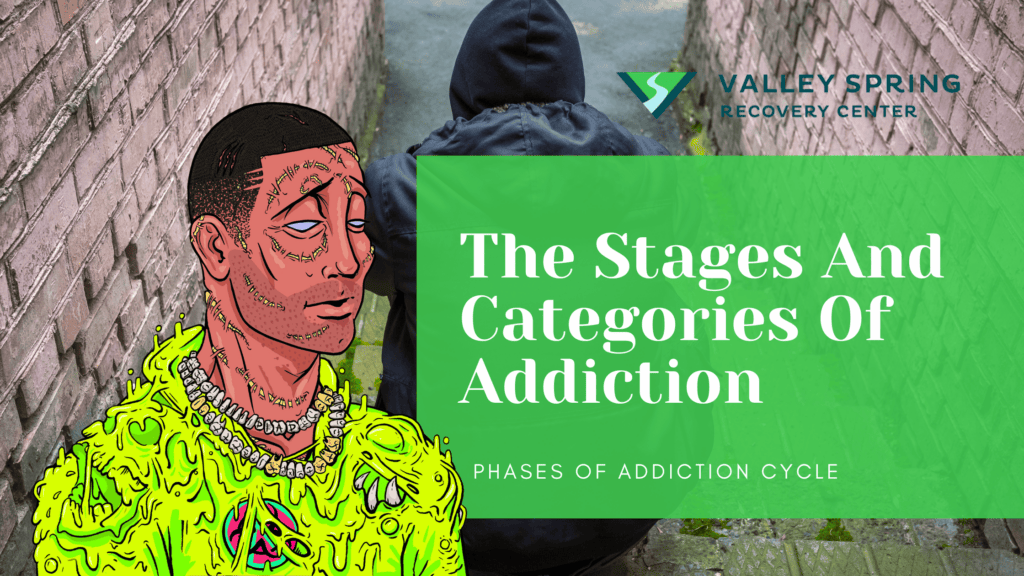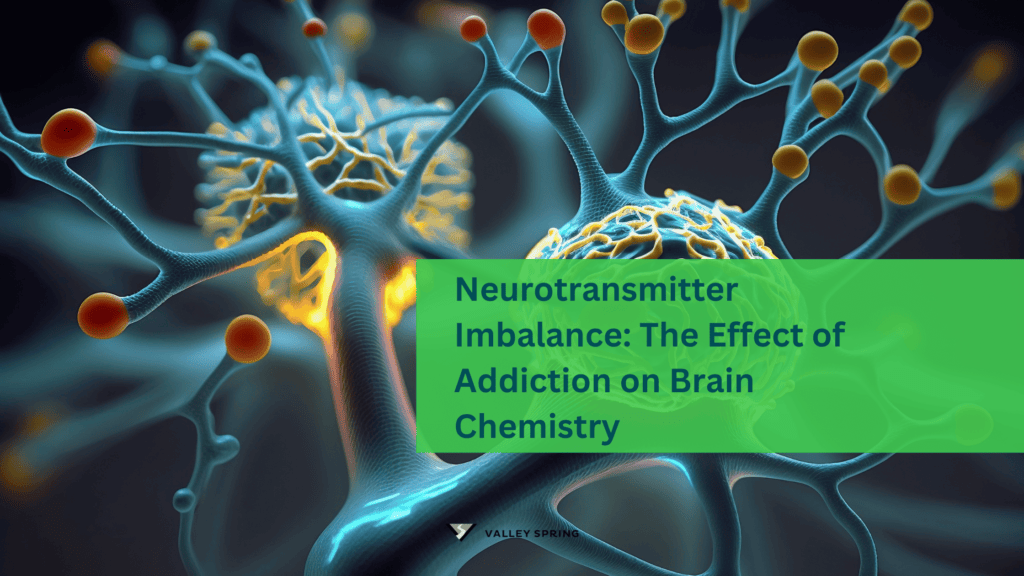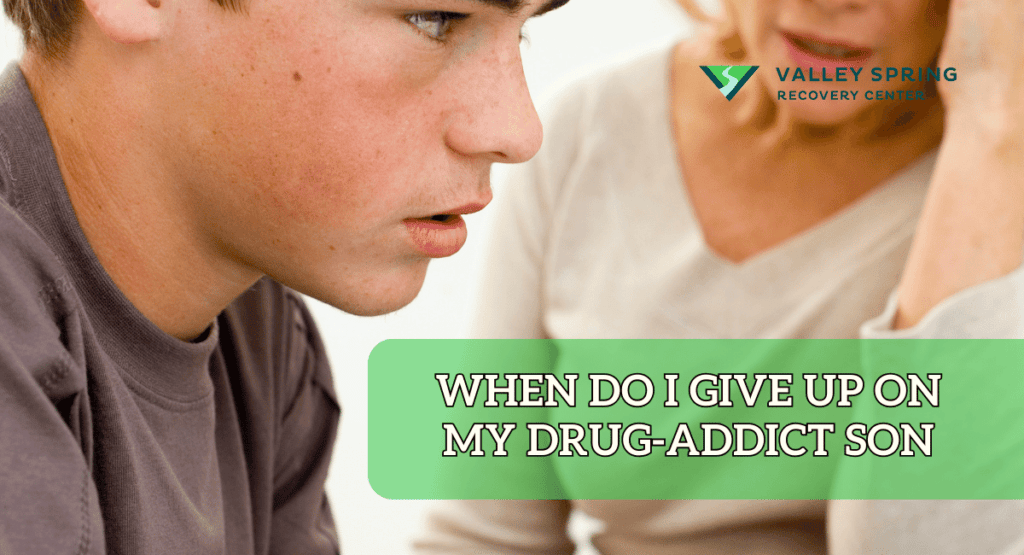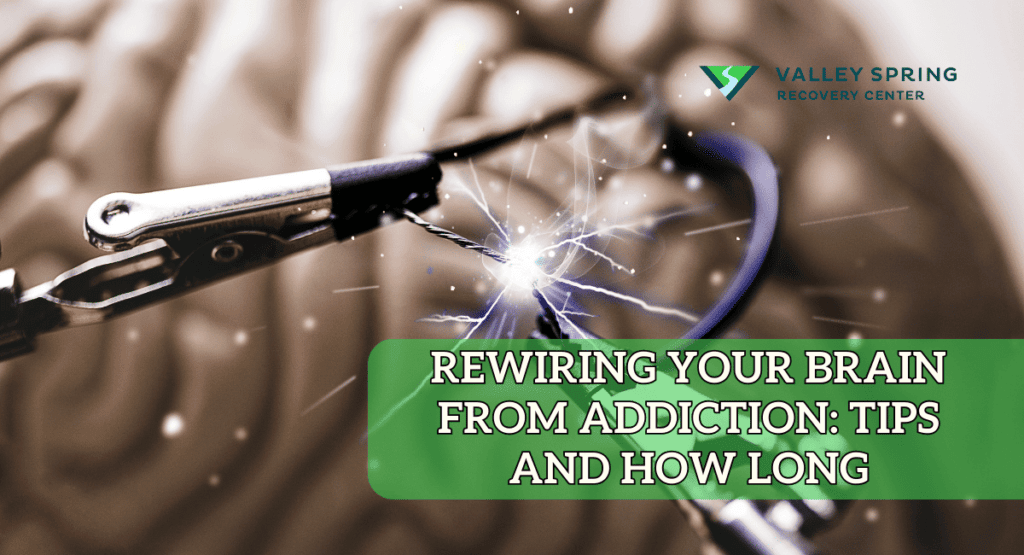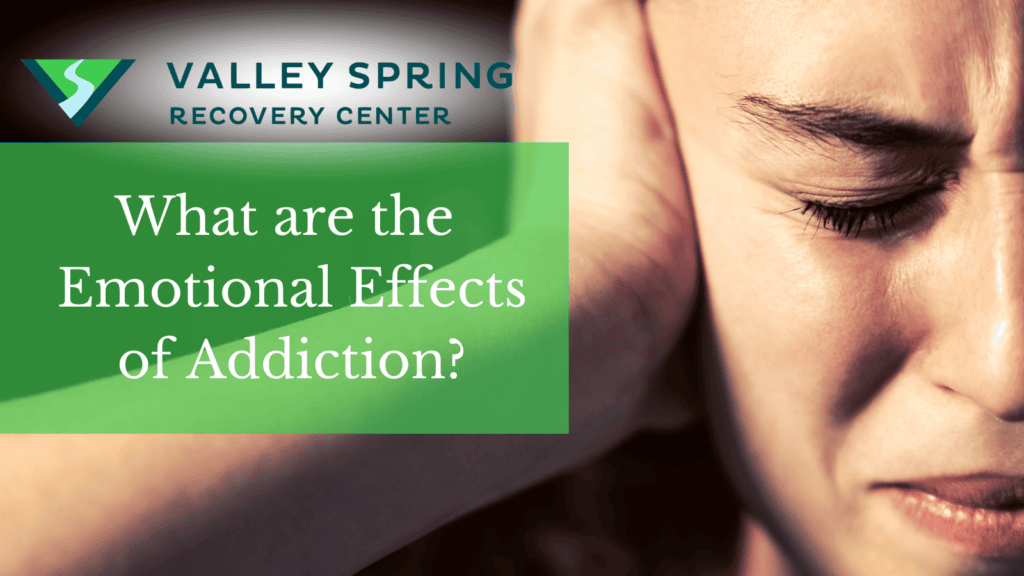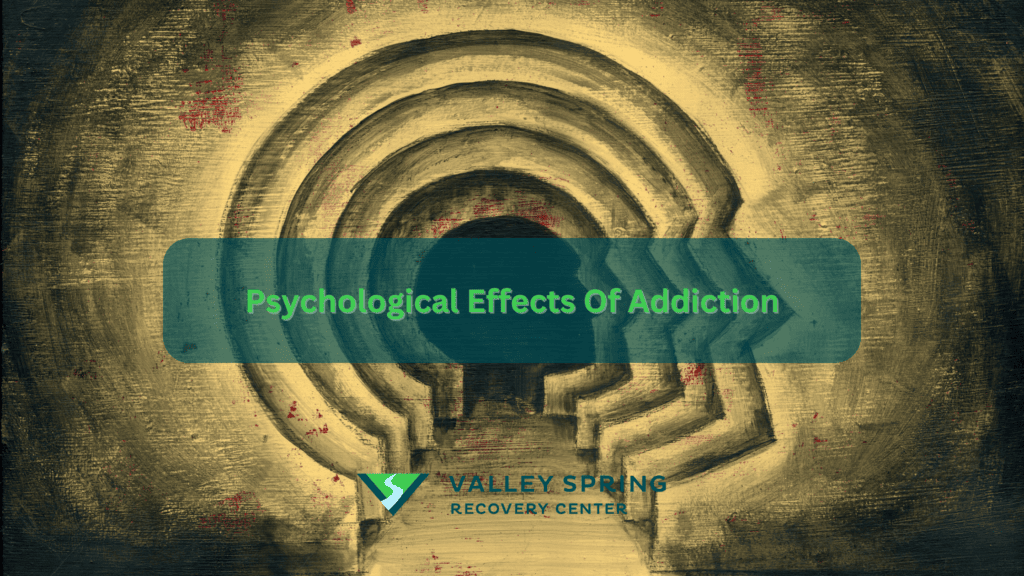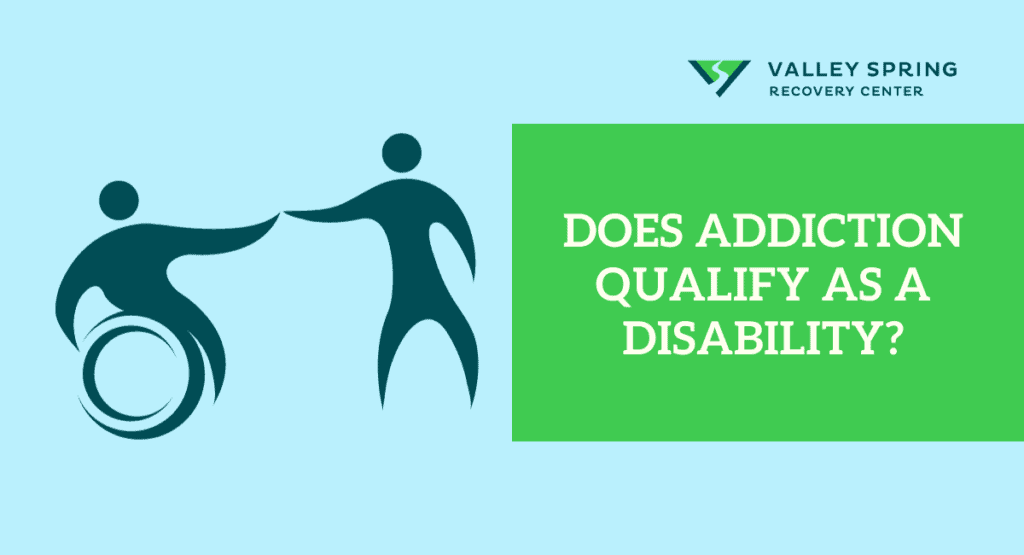Addiction is a chronic and complex condition characterized by the compulsive use of substances or engagement in behaviors despite adverse consequences. This condition follows a predictable, gradual progression through several stages, including experimentation, drug abuse, drug tolerance or physical dependence, active addiction, ongoing recovery, and sometimes relapse.
Addiction does not manifest uniformly; it varies significantly among individuals. According to the National Institute on Drug Abuse (NIDA), genetic factors account for between 40% to 60% of a person’s vulnerability to addiction, influencing the severity and progression of the disease (NIDA, 2020). Additionally, the mode or method of substance use can significantly affect the development and intensity of addiction, making personalized approaches to treatment necessary.
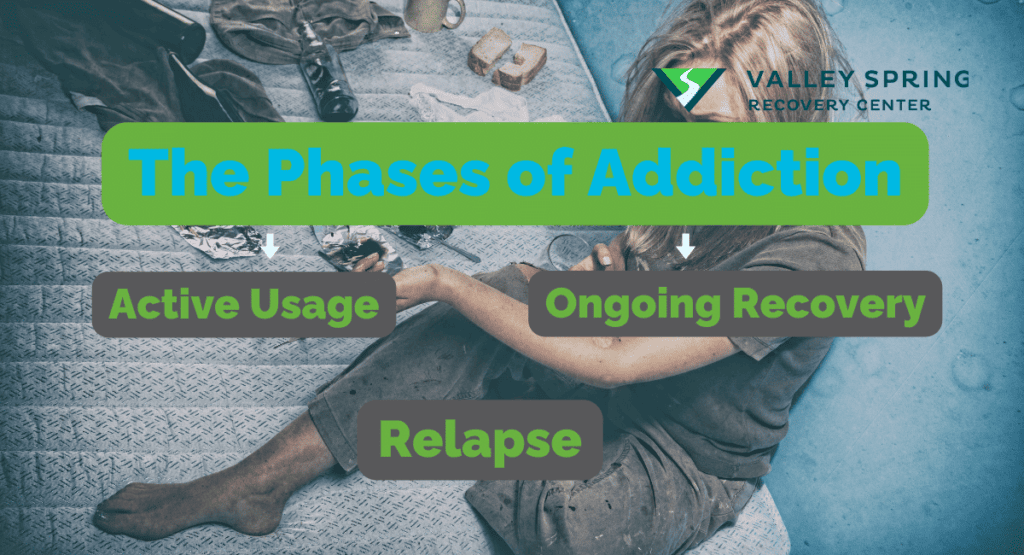
Addiction is not a one-size-fits-all, as these different phases can spring up different levels of severity in different people. This can be due to your mode or method of usage, genetics, and other factors.
Experimenting with drugs is the first step in the progression of addiction which starts by simply using harmful substances occasionally to experience a level of high. Some drug experimenters may never move beyond recreational drug or alcohol use.
However, as more frequent and excessive use occurs, the consequences to personal health and wellbeing are more severe. Once drug abuse occurs, addicts are likely to develop physical and mental dependence, which indicates the body or brain is not responding to the medication as it used to, requiring more doses to achieve the same euphoric feeling and effects.
Depending on the type of substance being abused, tolerance can occur faster or slower but still ultimately resulting in addiction which is categorized by continued use despite the consequences.
Recovery is possible with the help of addiction treatment that addresses all of the symptoms of the underlying addiction.
Relapse occurs when a person stops maintaining their goal of reducing or avoiding the use of alcohol or other drugs and returns to their previous levels of addiction. The stages of addiction include:
- drug experimentation
- drug abuse
- drug tolerance and dependence
- drug addiction
- Recovery
- Relapse

1. Experimentation
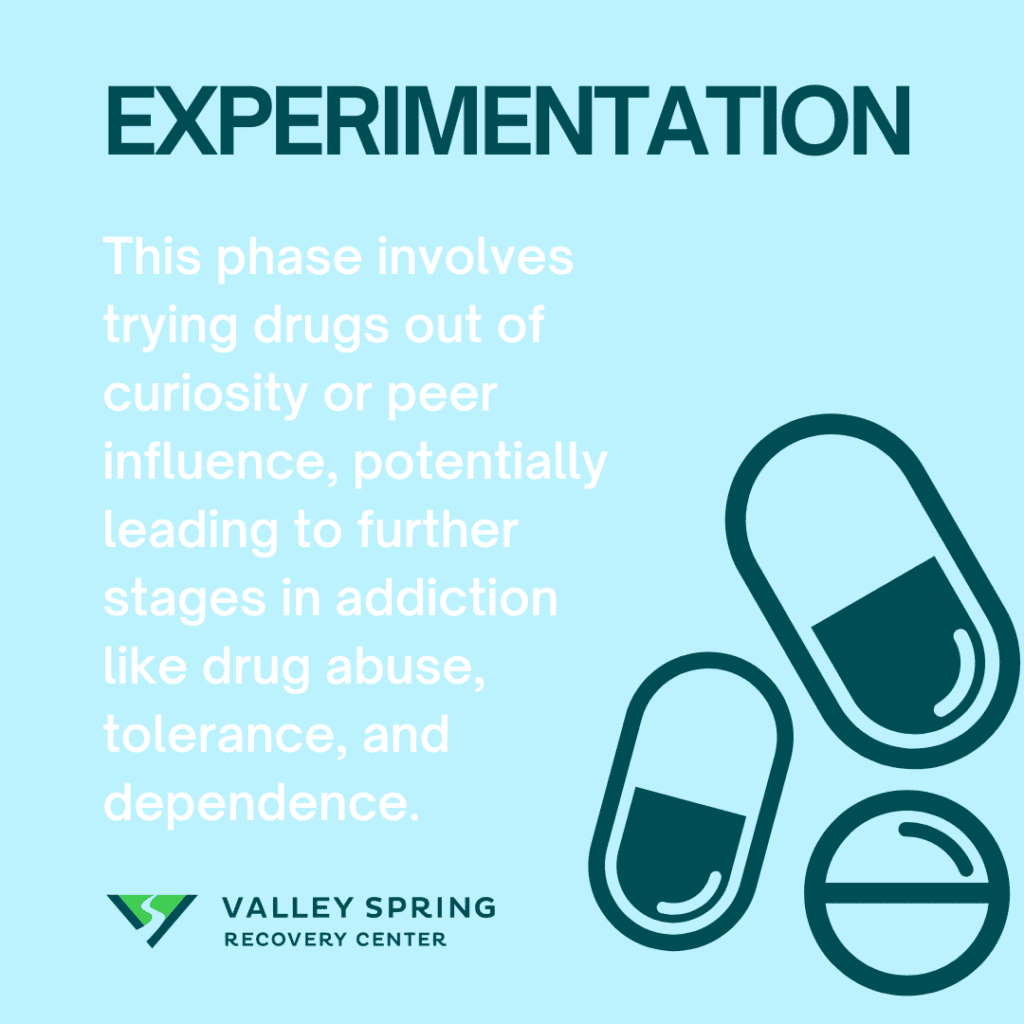
Drug experimentation is the initial phase in the progression toward active drug addiction. It involves trying a substance, often out of curiosity or peer influence, with the primary goal of experiencing its numbing or euphoric effects. Drug experimentation can be a one-time occurrence or involve sporadic use without necessarily developing an addiction.
This phase involves the occasional use of substances to achieve a euphoric effect. Data from the Substance Abuse and Mental Health Services Administration (SAMHSA) indicates that in 2019, approximately 139.8 million Americans aged 12 or older were current alcohol users, with many beginning through experimental use (SAMHSA, 2020).
Although experimenting with drugs doesn’t mean you’ll become addicted, it often opens the door to other levels in the drug addiction cycle, like drug abuse, tolerance, and dependence, which can then lead to full-blown drug addiction.
2. Drug Abuse
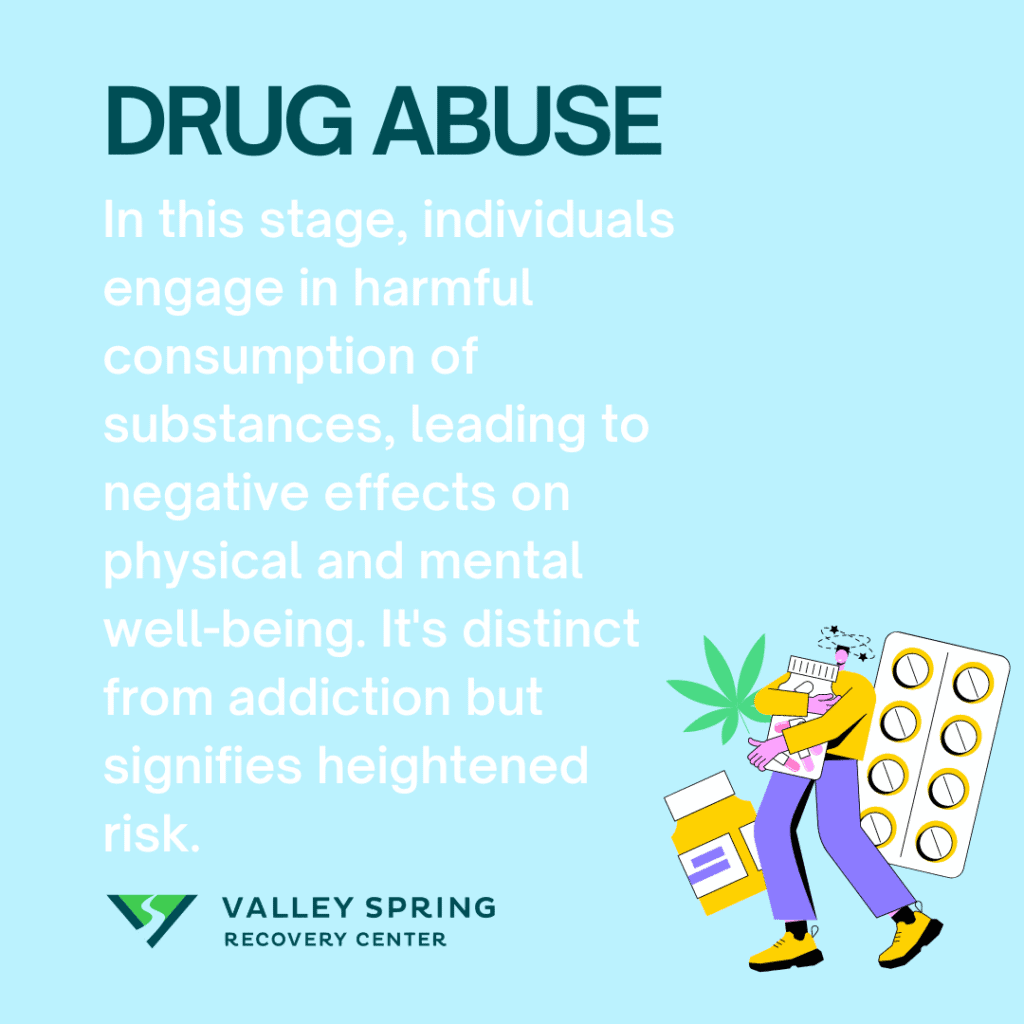
Drug abuse refers to the harmful or hazardous use of psychoactive substances, including legal and illegal drugs. Drug abuse is the second stage of the addiction cycle, where individuals engage in hazardous consumption of substances, leading to adverse effects on both mental and physical well-being, social relationships, or overall quality of life. The World Health Organization (WHO) defines substance abuse as using a substance in a harmful way.
With increased frequency and quantity of use, the risks to personal health and well-being escalate, often transitioning into drug abuse. As abuse becomes more severe, individuals are likely to develop physical and mental dependence. This dependence signifies that the body or brain has adapted to the presence of the drug, requiring increasing amounts to achieve the same effects, a phenomenon known as tolerance. The Centers for Disease Control and Prevention (CDC) report that there were over 70,000 drug overdose deaths in 2019, highlighting the severe consequences of escalating drug use (CDC, 2020).
Drug abusers have progressed past the stage of experimentation and are at heightened risk of developing physical tolerance and full-blown addiction. This stage is distinct from tolerance and dependence, as full tolerance and physical reliance have not yet manifested. For instance, problematic drinking resulting in blackouts or monthly excessive cocaine use are indicative behaviors.
According to the American Society of Addiction Medicine, people who abuse drugs exhibit behaviors like:
- Using drugs in larger amounts or for longer periods than intended
- Craving or a strong desire to use drugs
- Continued drug use despite knowing it causes or worsens a physical, social, or psychological problem
- Taking drugs to relieve or avoid withdrawal symptoms
- Increasing doses of the drug over time
Drug abuse is different from active drug addiction. While both terms are related, they’re two distinct concepts, each representing a different stage or level of drug involvement.
Drug abuse refers to a pattern of behaviors where an individual uses drugs in a way that leads to negative consequences, but it may not necessarily indicate a full-blown addiction. On the other hand, drug addiction represents a more severe and chronic condition. It is characterized by compulsive and uncontrollable use of drugs, often to the detriment of your health, relationships, and overall well-being.
3. Drug Tolerance And Dependence
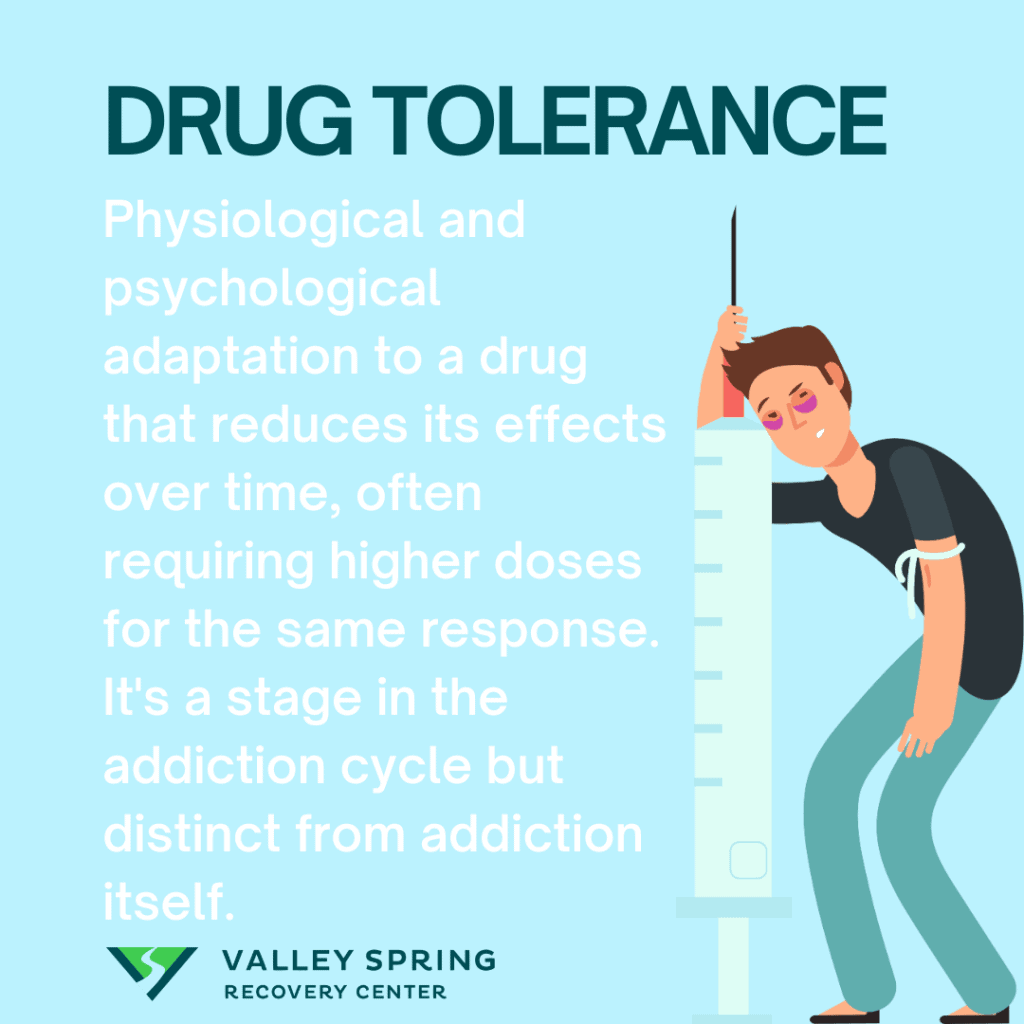
Drug tolerance is one of the stages in the cycle of drug addiction that refers to a physiological and psychological adaptation that occurs when your response to a drug diminishes with repeated use. In other words, as you continue to use a drug over time, you may require higher doses to achieve the same effects you initially experienced with a lower amount.
After the onset of tolerance, where higher doses of a substance are required to achieve the same effects, individuals often enter the stage of full-blown addiction. Addiction is characterized by compulsive drug seeking and use, despite the harmful consequences and potential risks to physical and mental health. This stage marks a critical escalation from mere physical dependence to a chronic disorder where the psychological need to use becomes predominant.
Drug tolerance should not be mistaken for addiction or drug abuse, as these are different stages in the drug addiction journey. Drug tolerance is the resistance of the body to the effects of drugs. It is the result of drug abuse and one of the symptoms of full-blown addiction.
The physiological aspect of drug tolerance refers to the body’s physical response to a drug. It often involves changes in the body’s metabolic processes or the functioning of receptors targeted by the drug. As a result, the body becomes less responsive to the drug’s effects, leading to the need for higher doses to achieve the desired outcome. For example, opioid tolerance can develop, requiring individuals to take increasingly larger doses to alleviate pain.
The psychological aspect of drug tolerance is the adaptation of mental and behavioral responses to a drug after repeated use. Unlike physiological tolerance, which involves changes in the body’s physical processes, psychological tolerance primarily involves changes in perception, subjective experiences, and your psychological response to the drug.
4. Active Drug Addiction
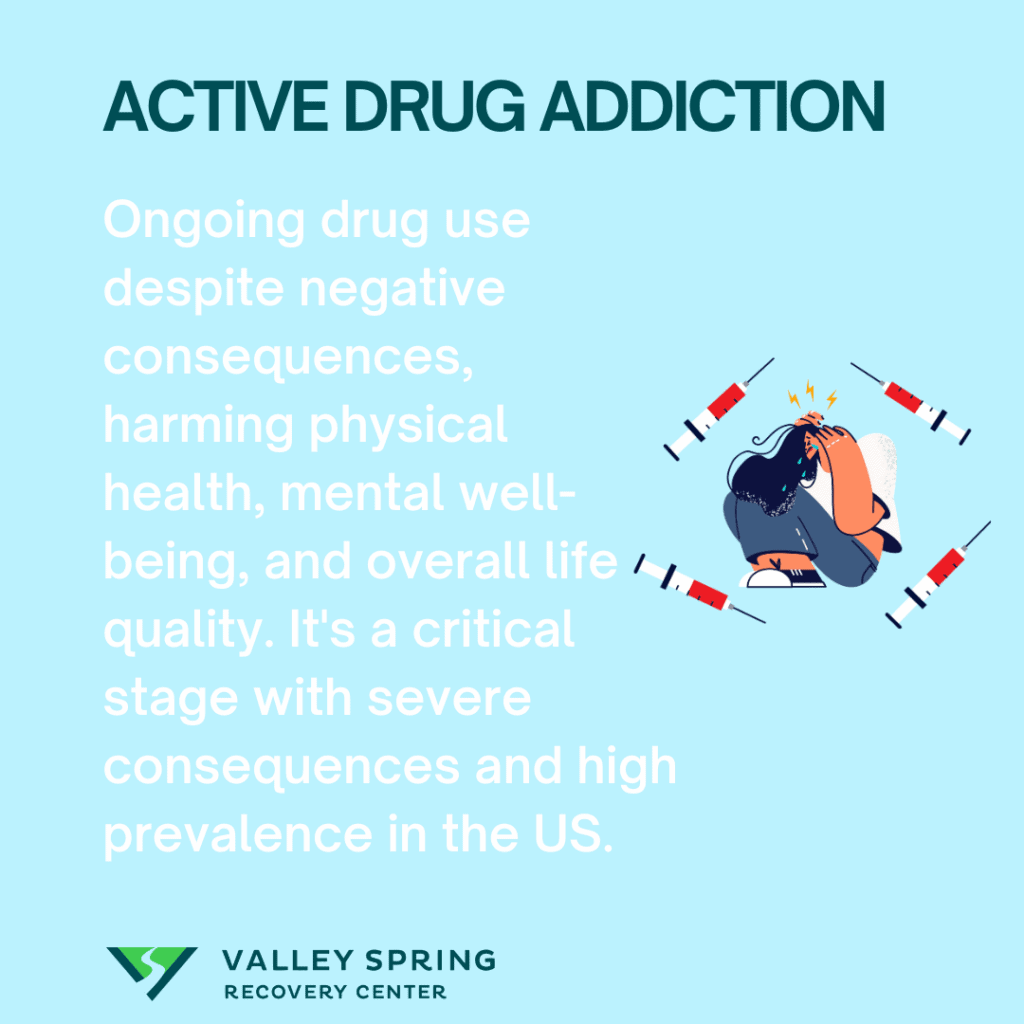
The American Psychiatric Association defines addiction as a complex condition, manifesting as uncontrollable substance use despite harmful consequences (APA, 2013). Individuals in this stage may find that much of their time is spent obtaining, using, and recovering from the effects of the substance. Social, occupational, and recreational activities are frequently neglected or abandoned entirely.
Neuroscientific research provides insights into the brain changes that underpin addiction, highlighting alterations in brain systems such as reward, stress, and self-control. These changes explain the intense cravings and impaired ability to resist the drug, features that are central to addiction (Volkow et al., 2016). Once addiction develops, the individual’s ability to voluntarily cease drug use becomes severely compromised, reflecting the powerful nature of these brain adaptations.
The transition from tolerance to addiction involves both neurobiological and behavioral changes, making it a particularly challenging stage to treat. Effective treatment requires comprehensive strategies that address both the biological underpinnings and the psychological aspects of the disorder. This comprehensive approach is essential for moving into the recovery phase, where sustained treatment and support are crucial for long-term success.
Active drug addiction refers to the ongoing and current state of addiction where an individual is actively using drugs or engaging in drug-seeking behaviors despite the negative consequences they experience. It implies that the person is actively consuming a substance (such as alcohol, opioids, cocaine, methamphetamine, etc.) in a way that harms their physical health, mental well-being, and overall quality of life.
Unlike drug abuse, where drug users consume prescription medications for the purpose of achieving euphoria without necessarily experiencing the damaging effects of addiction, active drug addiction is a critical stage in the addiction cycle and can have severe consequences. Its key characteristics can range from regular substance use to cravings and dependence, severe effects, loss of control, risky behavior, tolerance, social isolation, physical and mental health decline, etc.
Active drug addiction is a prevalent issue in the U.S., with more than 21 million people aged 12 or older actively addicted to drug use in 2020, according to the National Survey on Drug Use and Health (NSDUH).
5. Recovery And Sobriety
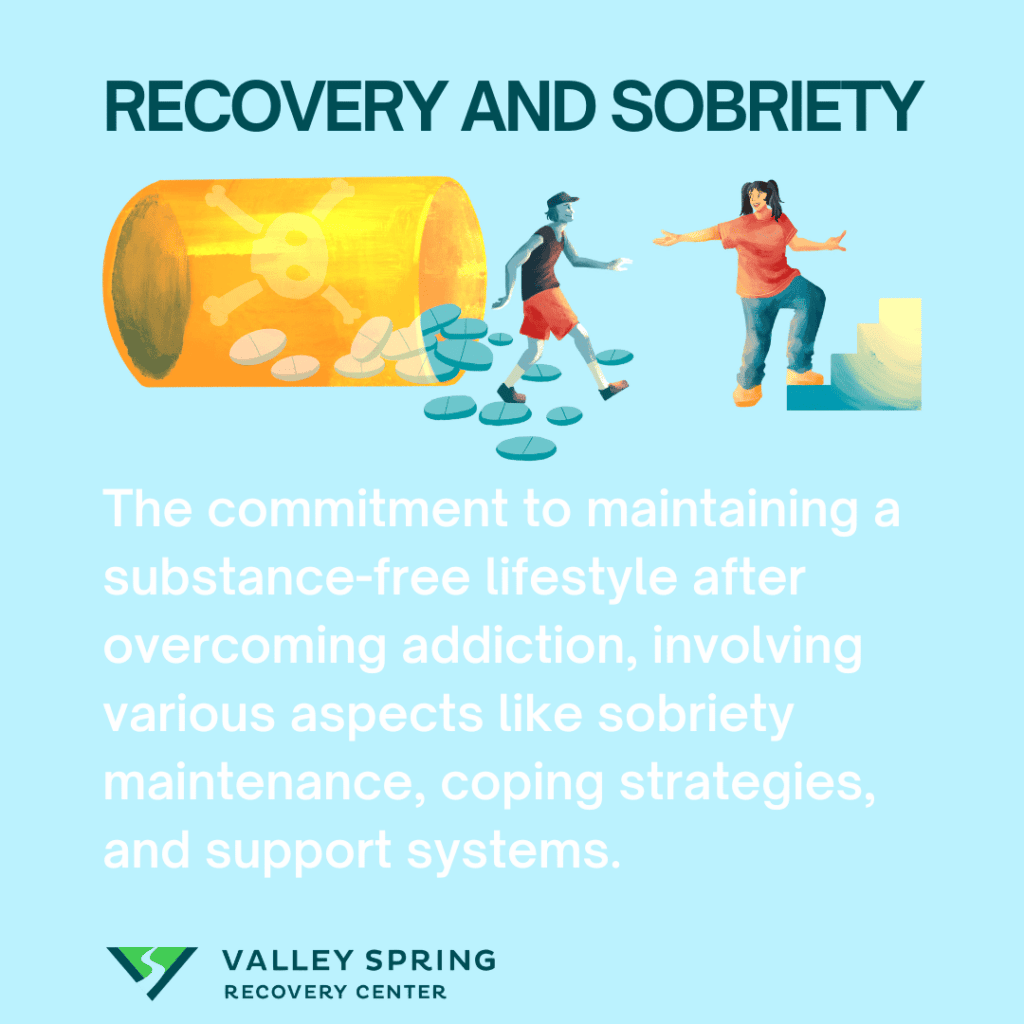
Ongoing recovery from active drug addiction refers to the process and commitment to maintaining a healthy, substance-free lifestyle after overcoming your addiction. It encompasses the period following initial treatment and sobriety efforts and extends throughout your life.
According to the National Institute on Drug Abuse (NIDA), Recovery is a process of change through which people improve their health and wellness, live self-directed lives, and strive to reach their full potential.
Ongoing recovery from active drug addiction involves several vital aspects, such as sobriety maintenance, coping strategies, physical and mental health well-being, lifestyle changes, continued learning, relapse prevention, support systems, etc.
6. Relapse
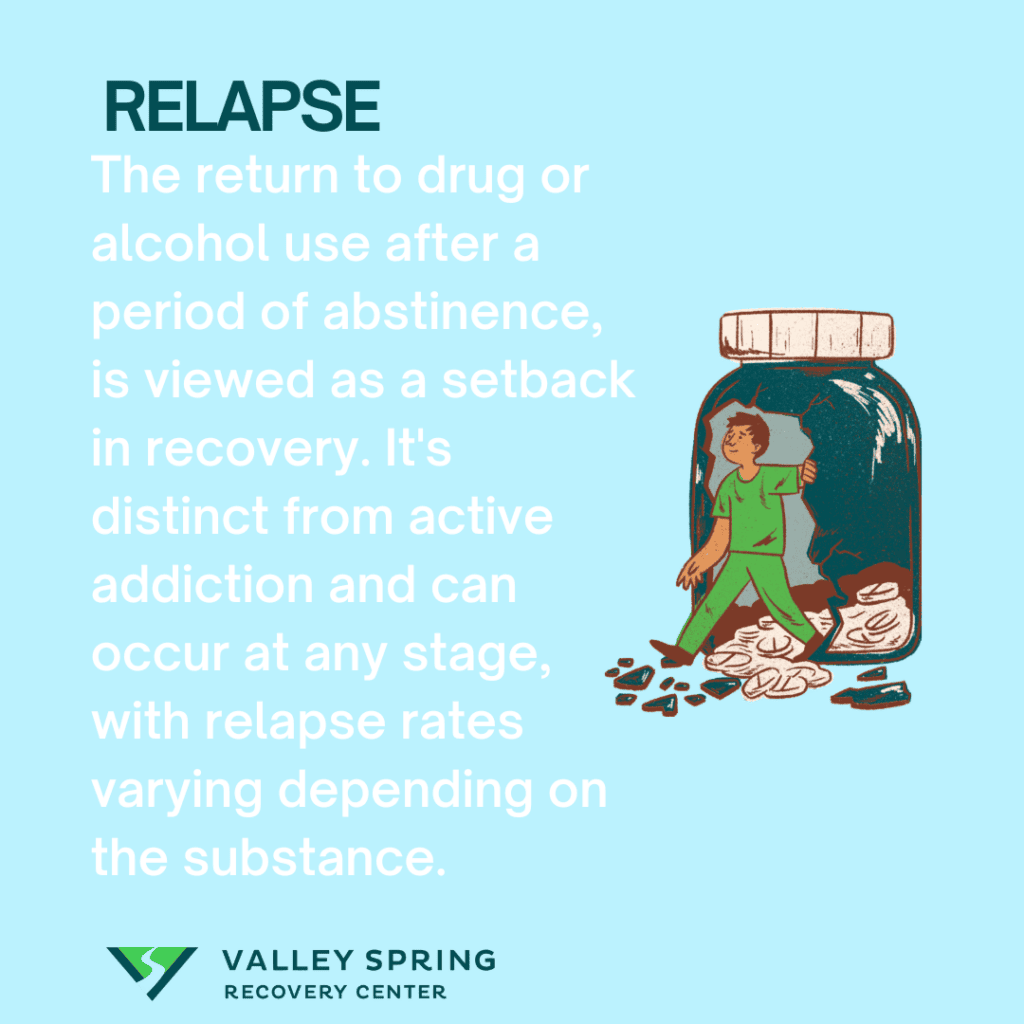
Relapse means the return to drug or alcohol use after a period of abstinence or sobriety. It is common in recovery from active drug addiction and is often seen as a setback rather than a failure. Although relapse is more common in the early stages of recovery, it can happen at any stage and is a complex and multifaceted phenomenon.
Although the symptoms of relapse are similar to the symptoms of active drug addiction, these two stages of addiction are completely different. Drug addiction relapse only happens after an individual has sought treatment and is already recovering from the addiction, while active drug addiction is the result of all the earlier stages, including experimentation, drug abuse, and tolerance.
According to Research by the National Institute on Drug Abuse, relapse rates for drug and alcohol addiction typically range from 40% to 60% or even higher. It is noteworthy that relapse rates can vary depending on the specific substance. For example, substances with severe withdrawal symptoms, like opioids or alcohol, may have higher relapse rates.
Why do people experiment with drugs?
Drug experimentation is a form of drug abuse since many drug users only take those drugs for illicit reasons, it differs from drug abuse in the context and journey to addiction. For example, a teenager might be curious to experiment with drugs like Xanax at a party because their friends are using it.
People experiment with drugs for several reasons:
- curiosity
- peer pressure
- social
- recreational experience
- stress relief
- risk-taking
- sensation-seeking
- cultural norms
- media or pop culture influences
- self-medication
Some individuals may experiment with drugs for self-exploration. They may want to experience the altered states of consciousness and understand their limits. For some people, a family history of substance use or addiction may increase their chance of using drugs and other substances like alcohol and mushrooms.
What Are The Symptoms Of Drug Abuse?
The symptoms of drug abuse can vary, according to Dr Michael Olla, depending on the specific drug, frequency, and amount of use, as well as individual factors like genetics. These symptoms can range from physical to behavioral, psychological, social, and emotional. The common sign amongst all forms of drug and alcohol abuse is using the substances in a risky way and overusing substances in a way that is more than just experimentation. It’s important to understand the intent behind drug abuse. Drug abusers are looking to change the way they feel and use increasing amounts of drugs or alcohol and are past the stage of experimentation.
Common signs of drug abuse are listed below:
Risky Behavior
One of the first signs of drug abuse is engaging in risky behaviors while under the influence. This may include driving, operating heavy machinery, or participating in unsafe sexual activities. Unlike experimentation, where usage might be controlled and less frequent, risky abuse often occurs more consistently but has still not progressed to physical dependence.
Overuse
Overuse of a substance is another telling symptom of drug abuse. This entails consuming larger amounts of the drug than initially intended or using the drug for extended periods. Experimentation typically involves a ‘trial’ phase, but abuse transcends this by making the drug a regular or necessary part of one’s routine.
Blacking Out
Experiencing blackouts or memory lapses is a severe symptom of drug abuse. This is rarely, if ever, an outcome of mere experimentation. Blacking out can lead to dangerous situations and is a sign that drug use has escalated to a problematic level.
Emergency Room Visits
Repeated visits to the emergency room due to drug-related complications are a glaring red flag for drug abuse. Whether it’s an overdose, an accident while under the influence, or another health crisis, frequent ER trips highlight the urgency to address the drug abuse issue.
Psychological Changes
Major shifts in mood, behavior, or psychological well-being may indicate drug abuse. This could manifest as increased anxiety, depression, or irritability. While experimentation might not significantly impact mental health, abuse often does, affecting not only the individual but also their relationships with others.
Financial Strain
Drug abuse can lead to financial difficulties, as the need to purchase the substance becomes a priority. This is generally not the case with experimentation, where the financial impact is minimal.
Neglected Responsibilities
If work, school, or home duties are consistently ignored or poorly performed due to drug use, this is a symptom of abuse. Unlike experimentation, the neglect of responsibilities shows that drug use has escalated to a disruptive level.
What Are The Symptoms Of Active Drug Addiction?

The symptoms of active drug addiction can vary depending on the type of drug(s) being used and the severity of the addiction. Common symptoms of active drug addiction include the following:
- cravings
- compulsive drug use
- tolerance
- withdrawal symptoms
- neglecting responsibilities
- loss of interest
- social isolation
- secrecy and deception
- financial problems
- health issues
- risk-taking behaviors
- neglect of self-care
- relationship strain
- loss of control
- crises and legal issues
- physical signs
These symptoms of active drug addiction vary from person to person and depend on the specific drug(s) being used. This means that not everyone addicted to drugs will experience all these symptoms. Additionally, the severity of addiction can range from mild to severe, with some people experiencing similar consequences but with more profound effects and strain on the quality of life.
What Are The Signs And Symptoms Of Ongoing Sobriety and Recovery?

The signs and symptoms of ongoing sobriety include:
- abstinence
- improved physical health
- stable mental health
- regular engagement in supportive activities
- building healthy relationships
- employment and education
- positive lifestyle changes
- enhanced self-esteem
- stress management
- relapse prevention
- community involvement
- financial stability
- hope and optimism
Remember that recovery is a highly individualized process. Achieving and maintaining sobriety is a significant accomplishment, and different people may experience these signs and symptoms to varying degrees and at different stages of their recovery and sobriety from active drug addiction.
When Does Someone Start Relapsing?
Relapse occurs in the absence of active treatment and can occur at any period of time if the former addict is not addressing the chronic disease of addiction. Relapse doesn’t have a fixed timeline and can happen anytime.
A research paper published by Indian J Psychiatry in February 2018, 60(Suppl 4): S473–S478, explains that aside from the timelines, some people may begin to relapse due to cognitive factors or when they experience major life stressors, become complacent about treatment, or become too confident in their ability to stay sober.
Sometimes, people may relapse when faced with social and emotional triggers and don’t get the support they need.
What Are The Early Warning Signs of Relapse?
The early warning signs of relapse can range from behavioral, psychological, emotional, and physical characteristics. They can include the following:
- increased cravings
- isolation and social withdrawal
- negative emotional changes
- loss of interest
- decreased self-care
- dishonesty
- change in routine
- romanticizing drug use
- loss of accountability
- reduced support seeking
- return to enabling or high-risk environments
- increased impulsivity
These signs may not be present in everyone who’s beginning to relapse, but they are familiar cues to look out for. It is essential to be self-aware and vigilant while recovering from active drug addiction.
What Is The Difference Between A Slip-Up And A Full-Blown Relapse?
The difference between a slip-up and a full-blown relapse is that with a slip-up, the individual has not yet developed a tolerance or physical dependence to the drug and can quickly take active steps to discontinue drug use. Slip-ups are usually brief and have limited consequences, making it easier to retrace your steps.
On the other hand, a full-blown relapse results in the resumption of active addiction behaviors, continued drug abuse, lack of awareness and denial, more severe consequences, and difficulty regaining sobriety.
Remember that relapse is not failure. It is merely a setback, and with the right help, you can maintain a wholesome recovery.
When Does A Relapse Stop And Active Addiction Start?
Relapse stops, and active drug addiction resumes lies in the period of recovery before the relapse, the duration of the relapse, and other factors like your personal circumstances, behaviors, and choices. This will not be the same for everyone.
Some people may return to active drug addiction after only a few days of relapse, while it can take some longer than that. There is no definite point where a relapse becomes active drug addiction. If you’re concerned about relapsing, quickly ask your health professional for help.
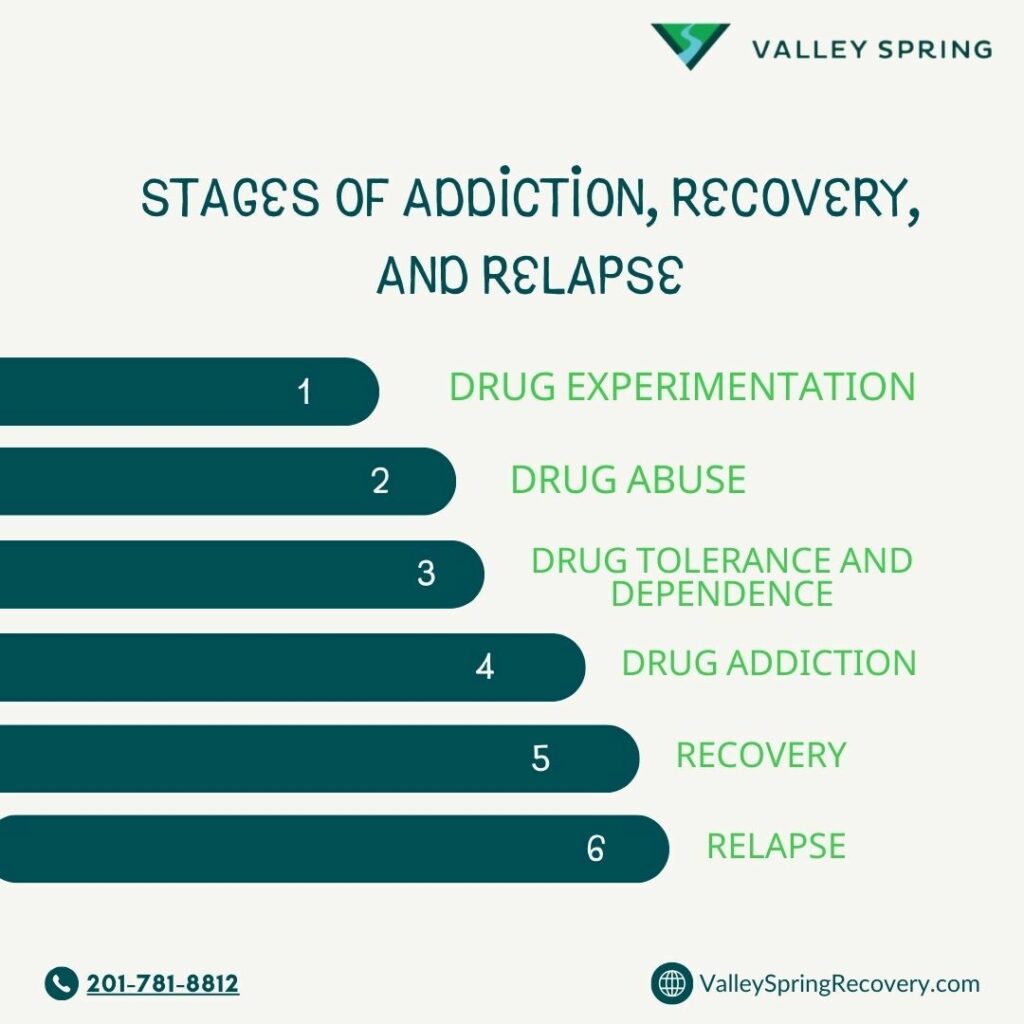
At What Points in the Addiction Cycle Is Treatment Needed?
Treatment and therapy can be effective at any stage in the addiction cycle, the types of treatment and effective modalities will vary based on the individual, symptoms, and stage of drug use. Addiction is a chronic, relapsing disease that necessitates continuous treatment, even during periods of maintenance or recovery.
Drug abuse refers to the misuse of substances in a way that is harmful or risky, often leading to negative consequences in various aspects of life, such as health, relationships, and work. Over time, this abuse can lead to physical and psychological dependence, making it increasingly difficult to quit without professional help. Drug abuse without physical tolerance can be treated through partial hospitalization programs that use evidence-based therapies since medical withdrawal symptoms are usually not present in the abuse category of the addiction cycle.
Tolerance is another critical stage of addiction that refers to the body’s adaptation to the presence of a drug, requiring higher doses to achieve the same effects initially experienced. This escalation in dosage can further entrench the cycle of addiction, making treatment even more crucial at this stage and also necessitating medical care in order to recover. At the stage of physical dependence, drug addicts require medical care to detox from the substance, which should take place in an inpatient rehab center.
Given its chronic and relapsing nature, addiction often requires a multi-faceted treatment approach. This can range from medical interventions like detoxification and medication-assisted treatment to behavioral therapies and long-term aftercare in an outpatient setting, even once sobriety is achieved. Even in the recovery stage, ongoing maintenance treatment is essential to manage cravings, prevent relapse, and address any co-occurring mental health conditions.
What Stage Of The Addiction Cycle Has Withdrawal Symptoms?
Withdrawal symptoms occur when an individual who has developed tolerance and dependence reduces or stops using the substance they have been consistently consuming. This can happen at any stage after the initial experimentation phase, once the body has adjusted to regular exposure to the substance. Withdrawal reflects the body’s reliance on the drug to function normally and its struggle to recalibrate after the drug is removed.
According to the National Institute on Drug Abuse (NIDA) and corroborated by the 2009 World Health Organization study on withdrawal management, withdrawal symptoms can vary significantly depending on the substance used, the level of dependency, and the duration of drug use. For instance, approximately 50% of people who use opioids heavily experience withdrawal symptoms when they reduce or discontinue use. These statistics highlight the prevalence and challenge of managing withdrawal in the recovery process.
Effective management of withdrawal is crucial for successful rehabilitation. The Substance Abuse and Mental Health Services Administration (SAMHSA) emphasizes that tailored treatment plans, which may include medications such as methadone for opioid withdrawal or benzodiazepines for alcohol withdrawal, can alleviate the physical symptoms of withdrawal and facilitate a smoother transition to sobriety. This approach underscores the importance of recognizing and addressing withdrawal symptoms promptly to improve treatment outcomes and reduce the likelihood of relapse.
Sources
Ben Fisher
All author postsShare This Post

